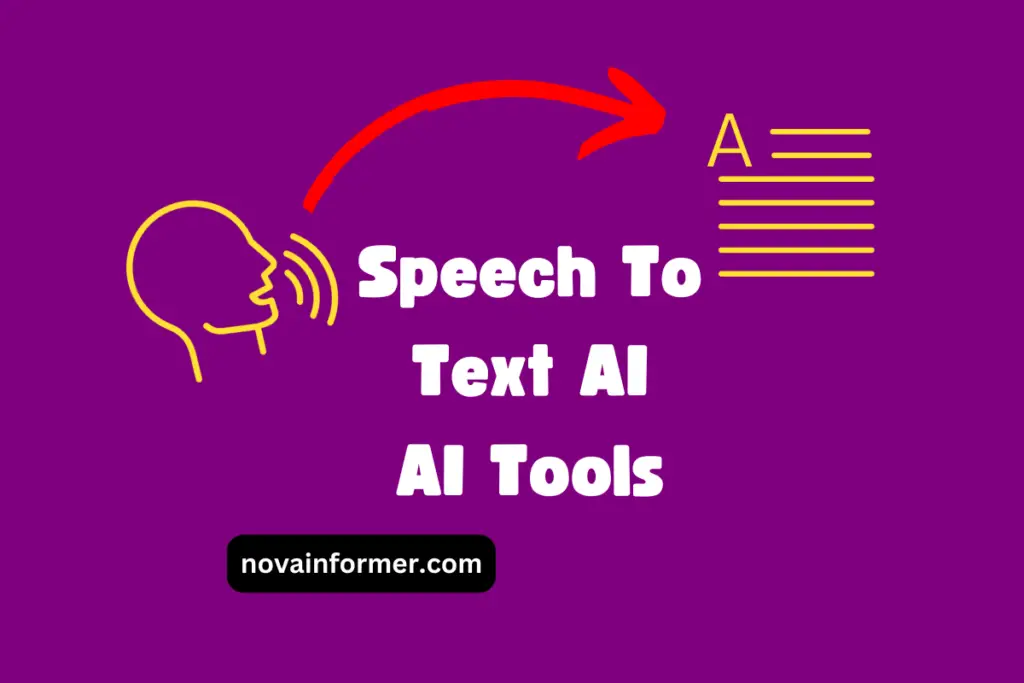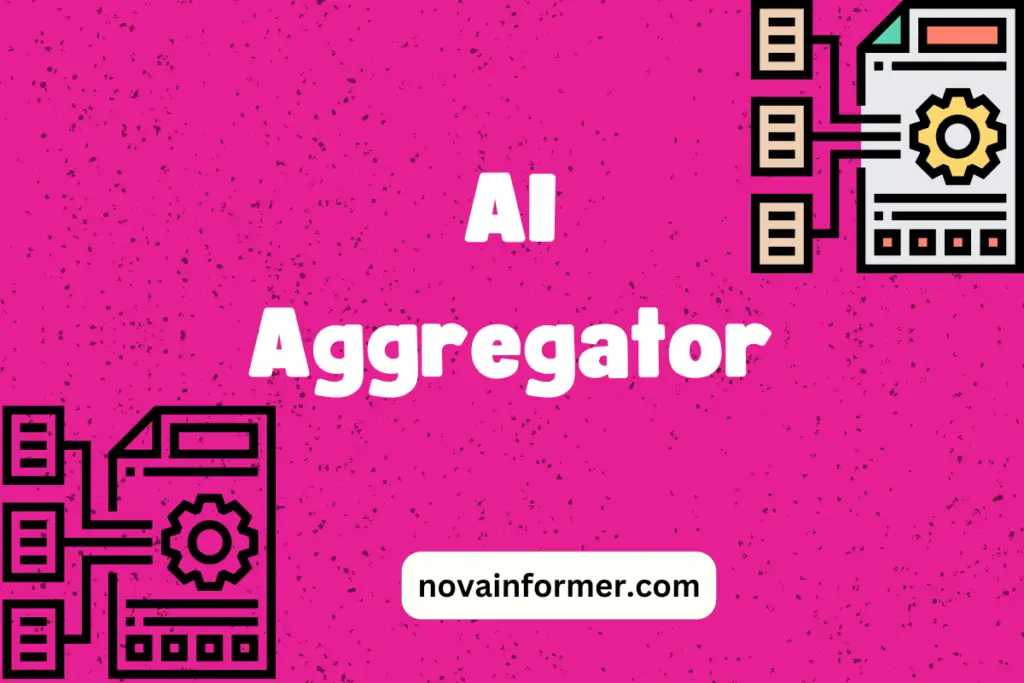Speech To Text AI tools coming soon…
See other ai tools:
Speech To Text AI is an innovative technology that brings spoken words to life in written form, utilizing the power of artificial intelligence. Let’s embark on a journey to demystify this fascinating process and understand how it seamlessly translates spoken language into text, making communication more accessible and efficient. 🗣️🤖
Key Takeaways:
- Speech To Text AI converts spoken words to written text using artificial intelligence.
- It has numerous applications in daily life, simplifying tasks like transcription and enabling voice commands.
- The technology behind Speech To Text AI involves advanced algorithms and machine learning.
How Does Speech To Text AI Work?
Speech Input 🗣️
Your spoken words act as input when you communicate with a device, such as a smartphone or a virtual assistant.
Digital Conversion 🔄
The process begins with the conversion of your spoken words into digital data, creating a language that computers can understand.
AI Algorithms 🤖
Inside your device, sophisticated algorithms work like language detectives, analyzing the digital data to interpret and comprehend each spoken word.
Text Output 📝
The final step involves transforming the recognized words into written text, providing an accurate transcription of your spoken language.
Everyday Applications 🌐
Transcription Services 📜
Speech To Text AI plays a crucial role in transcription services, converting spoken content into written documents efficiently.
Voice Commands 🗣️📲
Virtual assistants, like Siri or Alexa, utilize Speech To Text AI to comprehend and execute your voice commands, making devices more user-friendly.
Accessibility Features ♿
For individuals with hearing impairments, Speech To Text AI enhances accessibility by providing real-time captions during conversations or events.
Language Translation 🌍
It facilitates language translation services, breaking down language barriers by converting spoken words from one language to another.
The Technology Behind It 🧠
Natural Language Processing (NLP) 🗣️➡️📝
Natural Language Processing is a fundamental aspect of Speech To Text AI, enabling machines to understand and interpret human language more accurately.
Machine Learning 🤖📚
Through continuous machine learning, the system improves its accuracy over time by learning from vast amounts of data.
Accuracy Challenges 🎯
Despite advancements, challenges persist, especially concerning accents, background noise, and complex vocabulary.
Advantages and Limitations 🚀🛑
Advantages 👍
- Time-Saving: Speeds up tasks like transcription.
- Accessibility: Assists individuals with disabilities.
- Efficiency: Enhances voice-operated devices.
Limitations 👎
- Accuracy Issues: Challenges with accents and complex language.
- Privacy Concerns: Recording and processing personal conversations raise privacy questions.
- Dependency: Relying on technology for communication may impact traditional language skills.
Frequently Asked Questions
How Accurate Is Speech To Text AI?
Speech To Text AI has improved significantly but may still face challenges with accents, background noise, and complex vocabulary. Continuous advancements aim to enhance accuracy.
Can Speech To Text AI Understand Different Languages?
Yes, Speech To Text AI can be programmed to understand and transcribe multiple languages, facilitating global communication.
Is Speech To Text AI Secure for Sensitive Information?
While measures are taken to ensure security, users should be cautious when using Speech To Text AI for sensitive or private conversations.
Does Speech To Text AI Work Offline?
Some applications offer offline functionality, but many Speech To Text AI systems rely on internet connectivity for improved accuracy and real-time processing.
How Does Speech To Text AI Benefit Individuals with Disabilities?
Speech To Text AI provides real-time captions, benefiting individuals with hearing impairments. It also enhances accessibility by enabling voice commands for those with mobility issues.
Can Speech To Text AI Differentiate Between Voices?
Advanced Speech To Text AI systems can distinguish between different voices, contributing to personalized user experiences.
Are There Age Restrictions for Using Speech To Text AI?
Generally, there are no age restrictions for using Speech To Text AI. It caters to a wide range of users, from children to seniors.
What Future Developments Can We Expect in Speech To Text AI?
Anticipate ongoing improvements in accuracy, expanded language support, and increased integration with various devices as Speech To Text AI continues to evolve.
Conclusion 🌟
In a world where technology constantly evolves, Speech To Text AI stands out as a transformative tool, simplifying our daily lives through efficient communication and accessibility features. Embrace the future of spoken words seamlessly transitioning into written text, making communication more inclusive and convenient! 💬✨
Have questions or thoughts about Speech To Text AI? Drop them in the comments below! 👇



